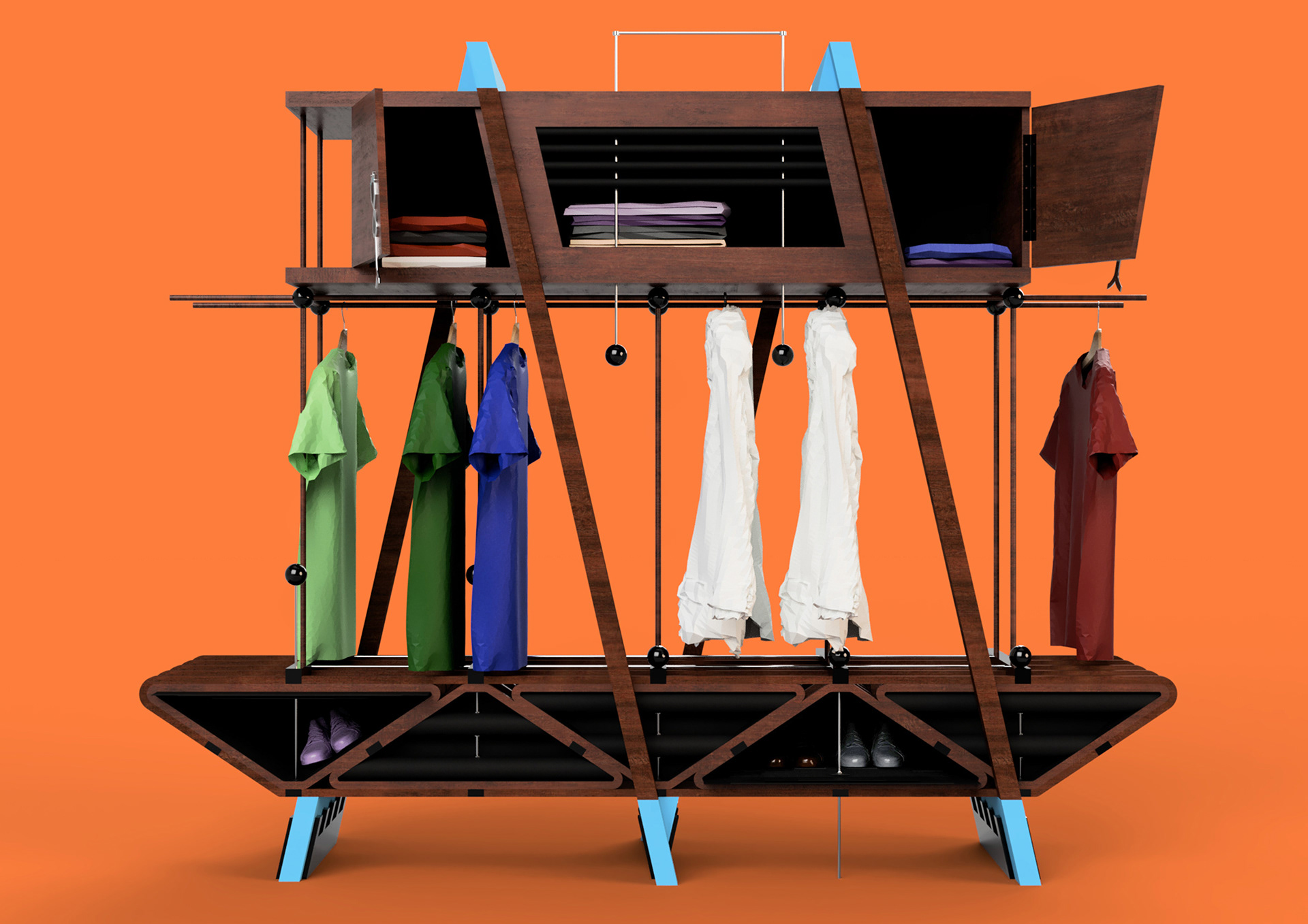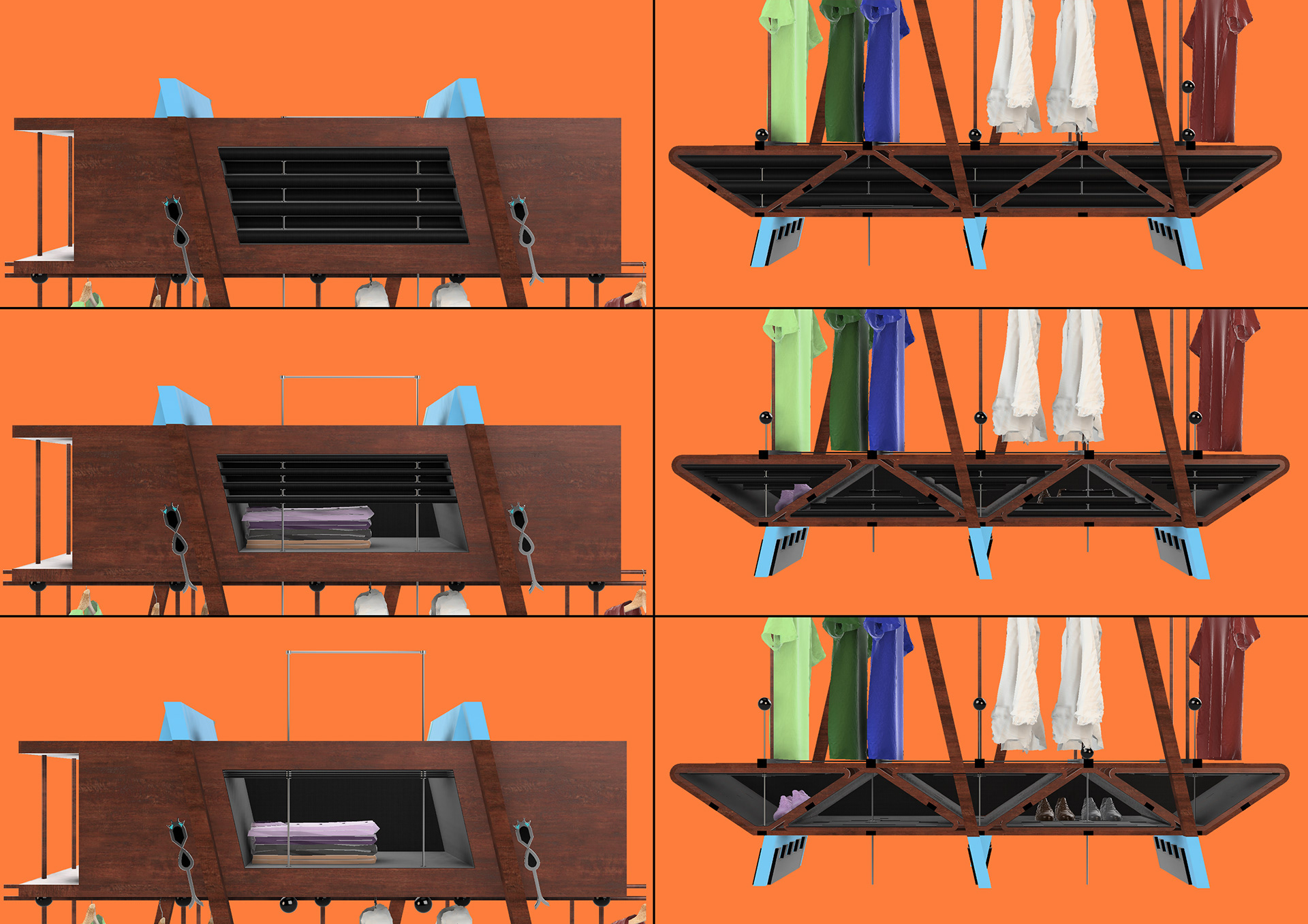Locomotion is the ability to move from one place to the next. It Is the progression of movement caused by propulsive urges. As in you are pushing your own body forwards by just thought along. Yet the thought is an initial starting point in a series of networks within the body that controls contractions and coordination. As stated locomotion is the ability not the state of progression. The state of progression is in fact motion. Meaning how a person or object moves over some time. Therefore displacement. The most common form of motion which comes naturally is moving in a straight line. For example, walking down a street, a 100m sprint or even swimming. To simplify everything that is above you could describe it as such:
Locomotion is the act of moving. Motion means a change in position caused by movement but regarding time. Therefore displacement of a person or object over a straight line (Linear motion) is caused by progression (a change in-state).
Walking is a change of state, a moving body is in motion. But how to walk?. Well, Wickens states that ''Functions of skeletal muscle is to bend the joints that allow the limbs to move, and to do this it has to be attached to a pair of bones. In fact, regardless of how complex a movement may be, these muscles work only one way: by contraction or pulling on a joint. It follows, therefore, that at least two muscles, or sets of muscles, must be used to move a bone into one position and back again.'' (2009. p.135). It is rather simple to observe someone walking and how they take one step to the next. Yet to understand a particular feature requires more advanced equipment that can slow down the movement. This equipment varies but one that is widely used is motion capture. Motion capture or performance capture is a technique of tracing and recording movements using sensors attached to the body. This enables the body ''to be mapped on a computer screen in real-time as a visual skeleton'' (Science World, 2018). The next step is to trace and animate the virtual skeleton to create a CGI character. Furthermore, motion capture is part of a study that focuses on the recording of human movement. To create a narrative.
Before I continue with the term of creating a narrative. I will discuss the Newton cradle and its relation between words in this section. First of all, a change in state is similar to a change in position. The reason is both refer to how there is a difference that has occurred. The scale, rate or importance of the difference depends on the circumstance in which the change is placed. For argument sake, here's a scenario of what is being discussed/written. The occupant on the first floor has now moved to the flat 4 stories above. This occupant has now got to move all their stuff upwards. Therefore the difference in the person as it moves up and down can be measured by momentum. Isaac Newton refers to momentum in his work about motion, which was titled the conservation of momentum. This was all about the body of an object in terms of mass and velocity. The toy called the newton cradle demonstrates the conversation of momentum. What takes place involves the first ball (of five) being lifted and let go so that the swinging force will strike the remaining balls. Next, the amount of momentum caused by the swing will pass through the rest of the balls until it reaches the end one. The last ball will then swing upwards with the same amount of momentum caused by the initial swing of the first ball. The balls or spheres between don't move they pass the energy to the first and last spheres.
Creating a narrative is a form of storytelling. Motion capture does just so. But it needs two requirements. The first is a person moving with the senses on and a space in which the person move. A basic form of this would be a person walking on a platform. The importance of the narrative can be described by Doczi who stated ''Its unique capacity to unite different parts of a whole so that each preserves its own identity, and yet blends into the greater pattern of a single whole.'' (Elam, 2001. p.8). The whole in this case is the different events or aspects that connect to showcase what is going on. Showcasing means displaying, once again this refers to motion capture since the final CGI character would be in the film and shown in a cinema. If you were to find another work type that is a study that focuses on the recording of human movement. But also has similar aspects as motion capture. Then the first one that comes to mind would be a fashion show. Both require a model or models, each needs a platform or designated space for body movement and each creates a narrative in terms of how the body is used as a form of showcasing.
''The body has never been so glorified and displayed, through the press, literature, advertising, film, fashion, medicine, reconstructive and cosmetic surgery. In our increasingly individualistic society, recognition comes from the way we are perceived by others. Our bodies become points of reference, reflecting social codes and values that are heightened by fashion.'' (Farnault, Givenchy & Dale, 2014. p.16)
The main purpose of a fashion show is media coverage. Having eccentric garments being worn by models (who in this day of age have a mass social following) creates a statement that makes the public aware of the brand and designer. Chad Alan describes how the show is about ''reinforcing brand recognition and getting their ready-to-wear lines out under consumer’s noses'' (2016). As it happens most of the clothing showcased in these shows are not entirely available for the general public, they come with costly price tags. However, a person with a vast amount of money to spend could easily buy it, yet is to spend their money or is because ''Normalcy doesn’t make headlines'' (Alan, 2016). Haute couture is the pinnacle of the fashion world. It is a title awarded to a designer after creating a culmination of work that reflects the term high dressmaking (Haute couture). As in these pieces are high end because they can't be mass-made and therefore more suited to be made to order for private clients. These garments display the time taken to make them hence they can be described as ''conversational pieces'' because the designs ''create a subtle balance between reality and appearance, traditional craftsmanship and cutting-edge technology, functionality and aesthetics'' (Farnault, Givenchy & Dale, 2014. p.35). Originally starting in the 1800s, fashion shows have grown more and more popular ever since because as Roland Barthes describes it ''fashion effects that sort of shock to consciousness which suddenly gives the reader of signs the feeling of the mystery it deciphers'' (Doy, 2002. p.97). W are addicted to discovering the unknown. We don't know what we don't know, therefore by being part of a mystery (attending the show) is exciting. We won't know how we will react to what is in front of us. It is like theatrical entertainment where the model expresses the meaning of the designer.
In more recent times the model steps out of an arch, space or from behind a screen whereas the fashion shows in the 1800s were a new spectacle. Therefore the catwalk/platform would have drapes to add to the atmosphere as in-display background or a pattern that could give a hint to what was about to be displayed. ''As a representation of an interface between different kinds of perception. The curtain is on the cusp of the inside and the outside, the real and the illusory, the seen and the unseen, the veiled and the truth, opening and closing.'' (Doy, 2002. p. 10-11). There is still this idea of illusion within modern shows but this is done by green screens and lighting. In the same book, the quote above is from called Drapery: classicism and barbarism in visual culture explain how ''Drapery epitomises for me the co-existence of civilisation and barbarism in contemporary mass culture and its representations.'' (Doy, 2002. p.215). I find it odd how the author describes the union of civilisation and barbarism being displayed since it's just fashion so is there this representation. In my opinion, these two terms would be better off describing a sport. Because I want to keep the words with the section related I started investigating for a sport that could have a relation to fashion or fashion shows.
It's your cue a widely used term that indicates a person that it is their tike to act. This could be used in a fashion show to organize the models. Now. the word cue is also related to the two sports poll and snooker. Each involves bashing hitting a bunch of billiard balls on a table with a cue stick to pot them in holes around the table. The way the billiard balls bounce off each other someway relates to the newton cradle discussed earlier on in this essay. In the professionals of the two sports players do have to dress smart and not casual. Hence there is a sense of a fashion impact on the sports in terms of how some players are willing to spend money on handmade shoes as well custom made shirts and trousers. Mainly in snooker, the player can use cue rests in adding them in potting balls if in case the balls are out of reach. These rests are called swan, spider and cross rake. They ensure that the player doesn't rest his/her hands on the green of the table since that can be seen as a foul. They are designed to hold the player and cue stick away from the green when playing.
In the 1800s a popular accessory or aid in female fashion was a cage crinoline which was used to hold out a women skirt. If I'm correct in saying so the crinoline was used to help the wearer by making sure they couldn't trip over the dress thus it wouldn't prevent them from doing certain activities. It offered increased freedom of movement due to the weight of a petticoat which a crinoline would help dispense such weight equally. in some way, they offer the same freedom in which cue rests provide a player due to how they both prevent limitations. Also, another compassion that is worth writing about is the following. A drape is suspended by a batten which is a round metal pole. A cue stick or cue rest both a rounded shape as well and both suspended by the player over the table when playing. It's not much of a link but I thought it was worthwhile to mention since the section started to revolve around billiard ball sports and fashion.
Bibliography
Alan, C. (2016) What is the point of runway fashion shows?. Available at: https://www.quora.com/What-is-the-point-of-runway-fashion-shows (Accessed: 3rd January 2022)
Doy, G. (2002) Drapery : classicism and barbarism in visual culture. London: I.B. Tauris
Elam, K. (2001) Geometry of design : studies in proportion and composition. New York: Princeton Architectural Press.
Farnault, H., Givenchy, H. de and Dale, L. (2014) Haute couture ateliers : the artisans of fashion. London: Thames & Hudson
Science World. (2018) HOW MOTION CAPTURE WORKS. Available at: https://www.scienceworld.ca/stories/how-motion-capture-works/ (Accessed: 4th January 2022)
Wickens, A.P. (2009) Introduction to biopsychology. 3rd ed. Harlow: Prentice Hall.
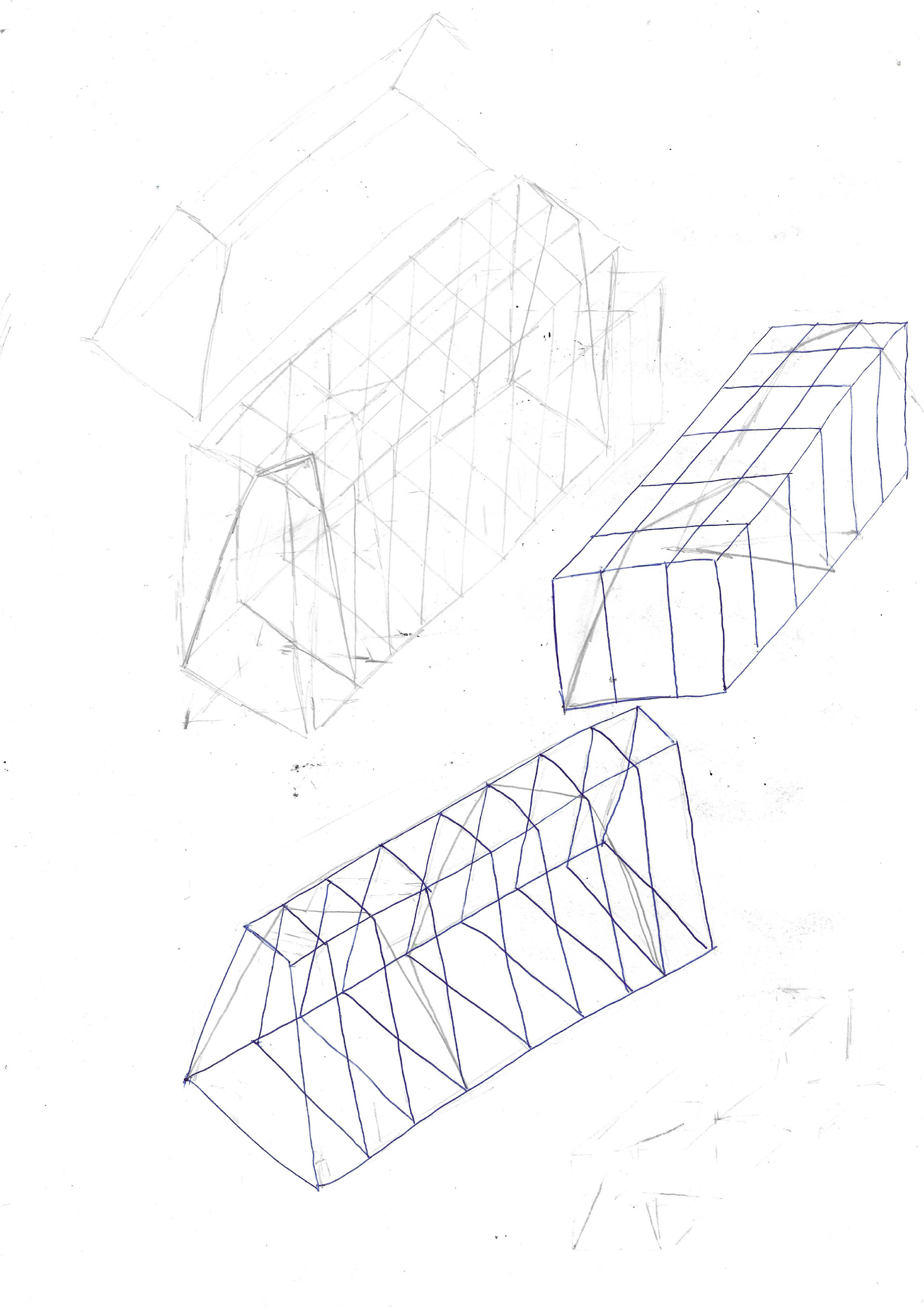


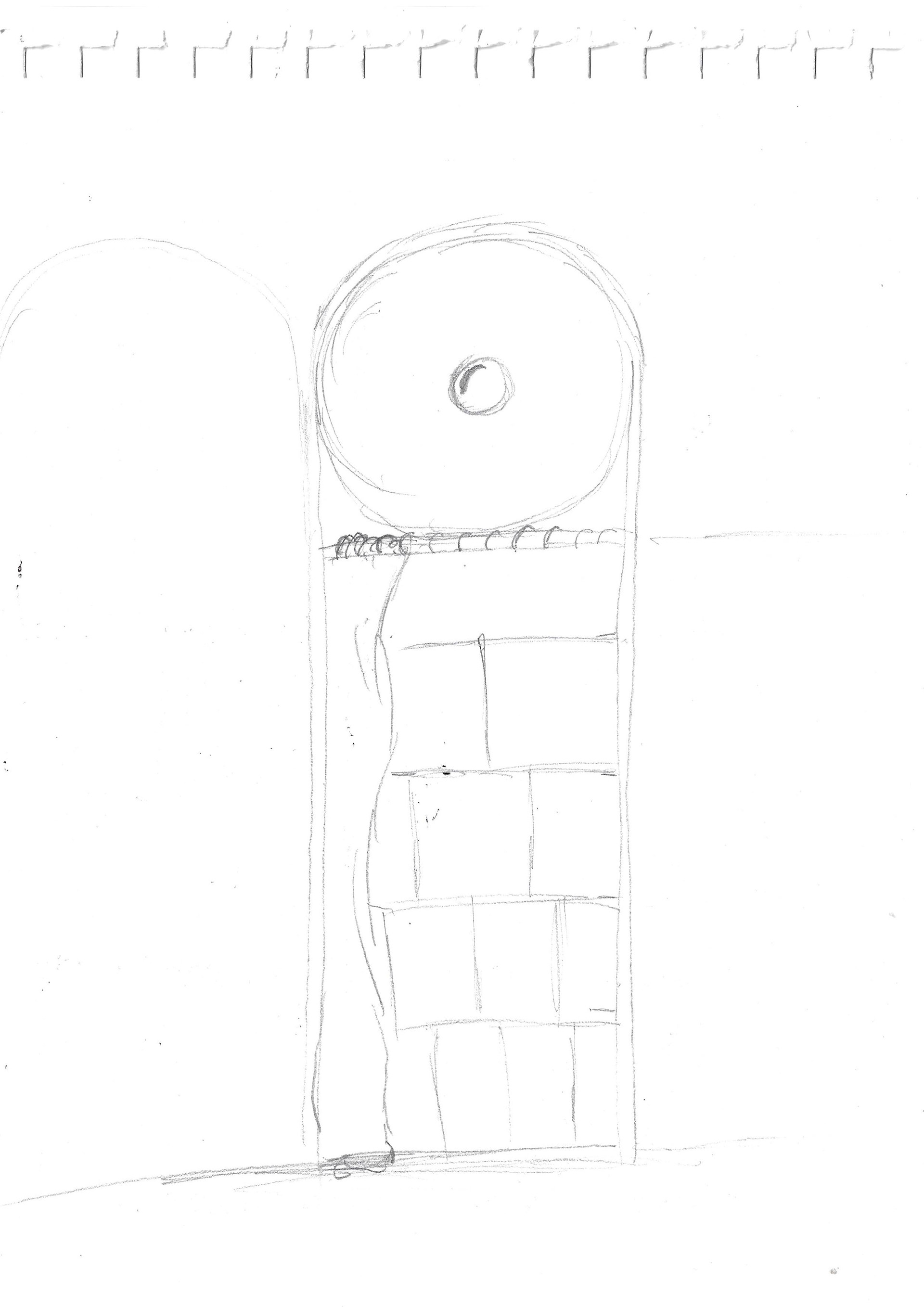
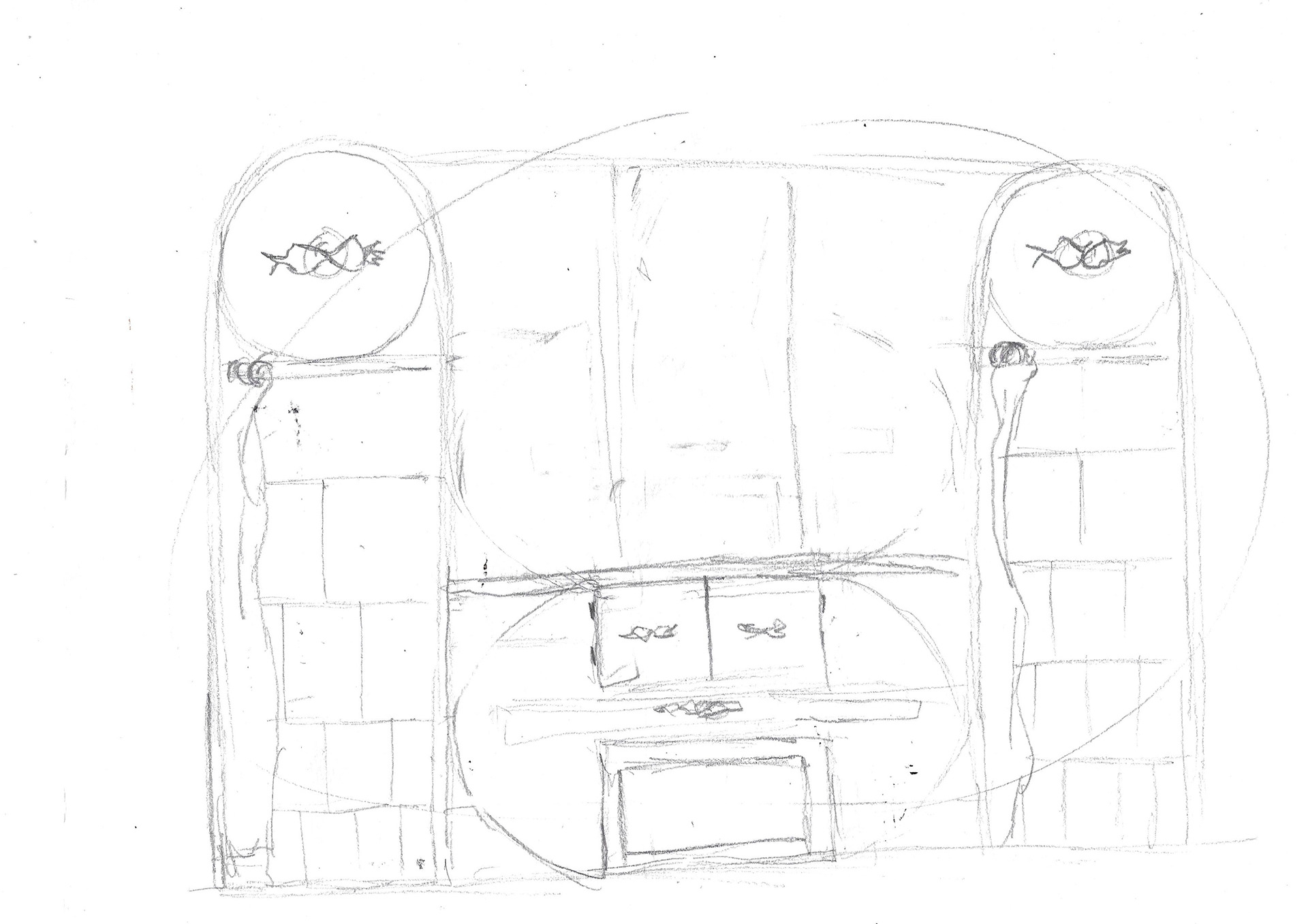

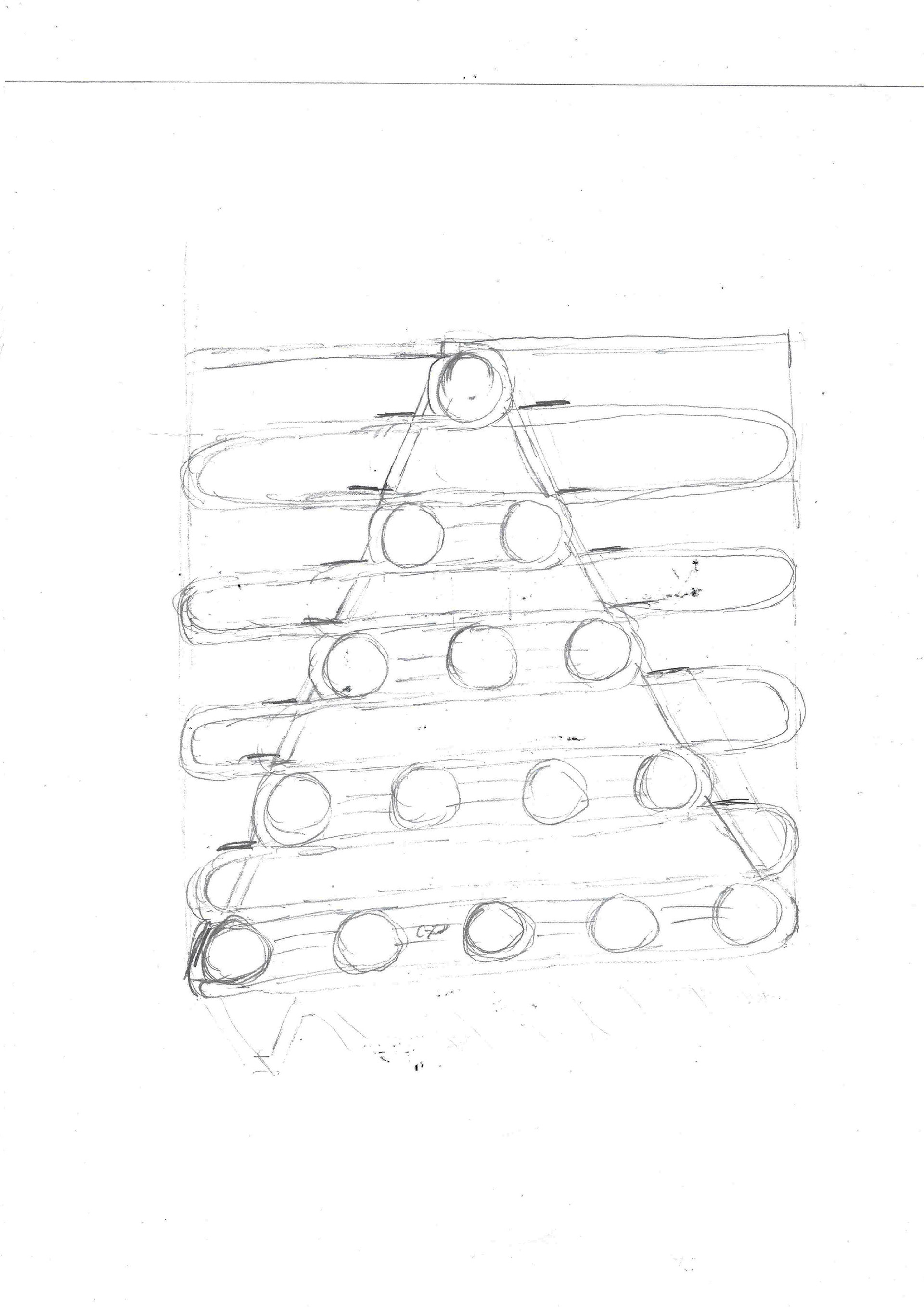

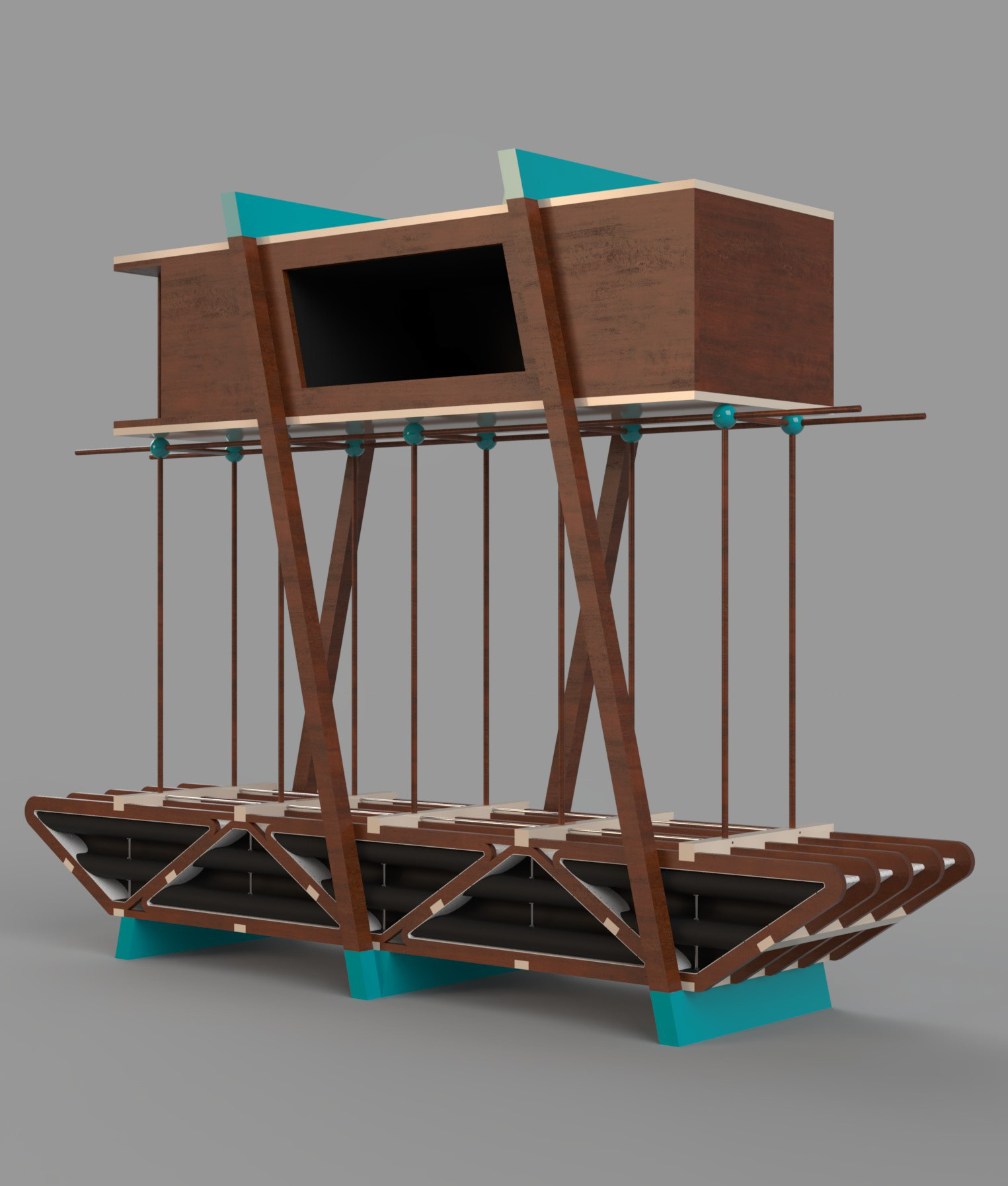
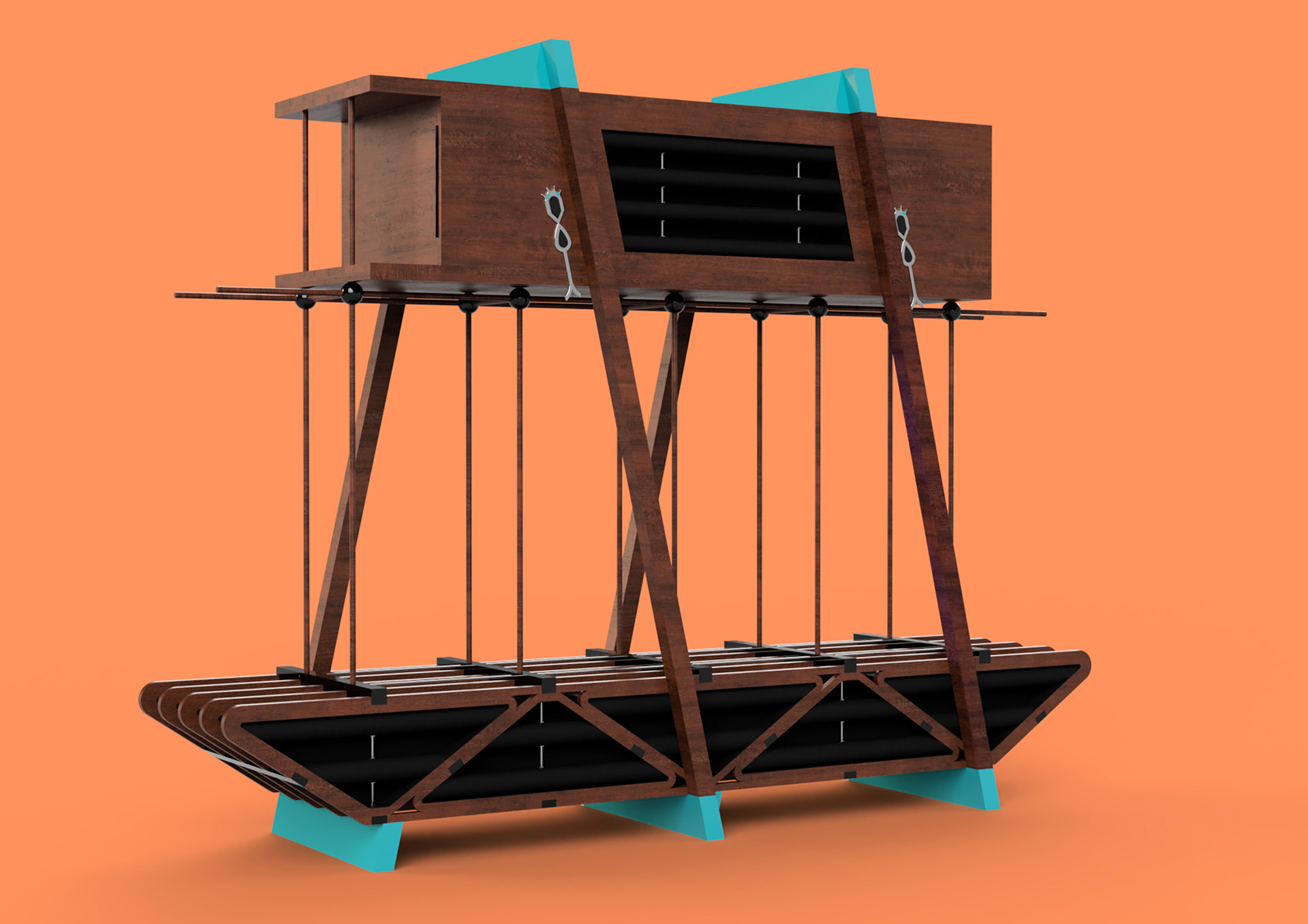
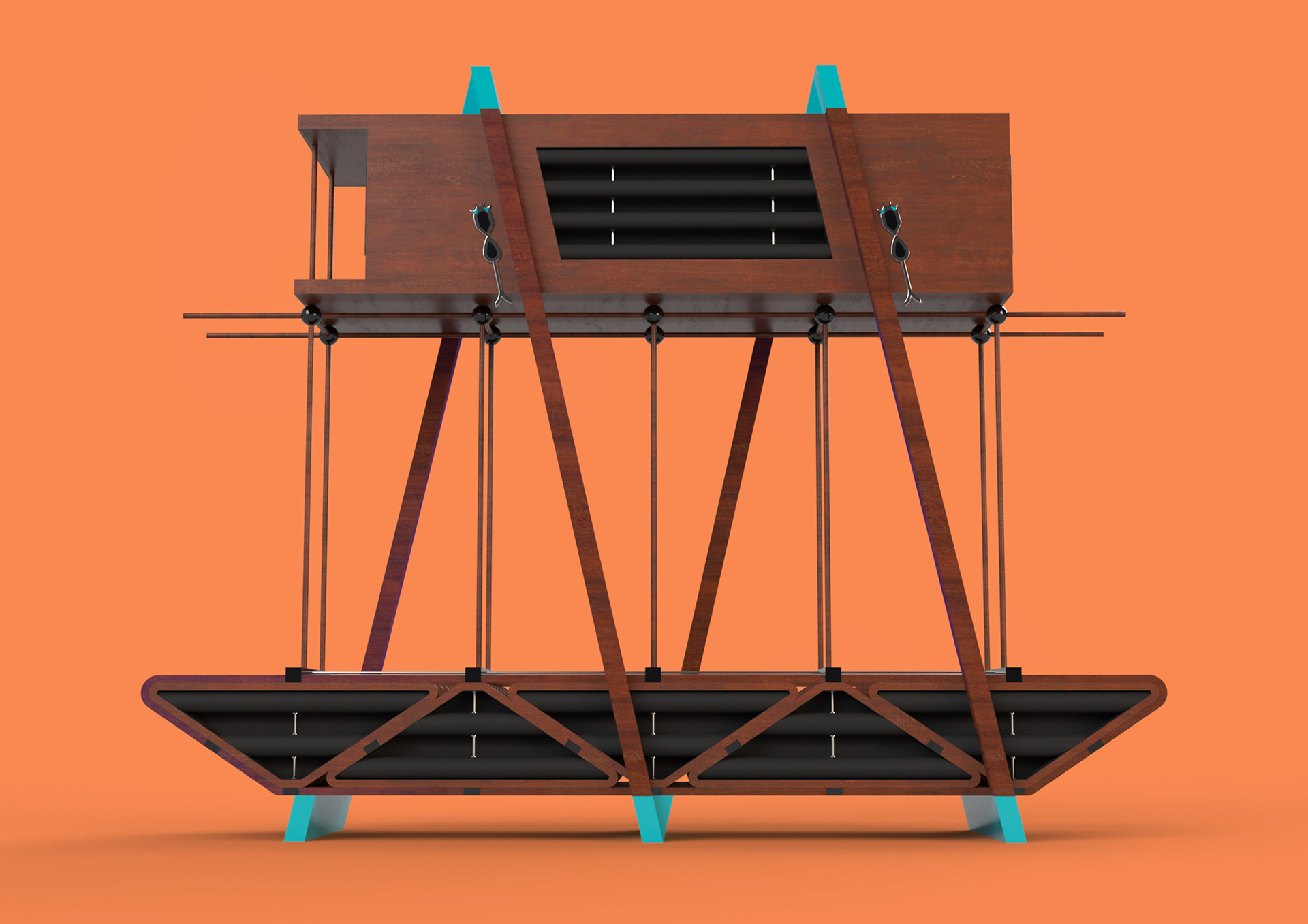
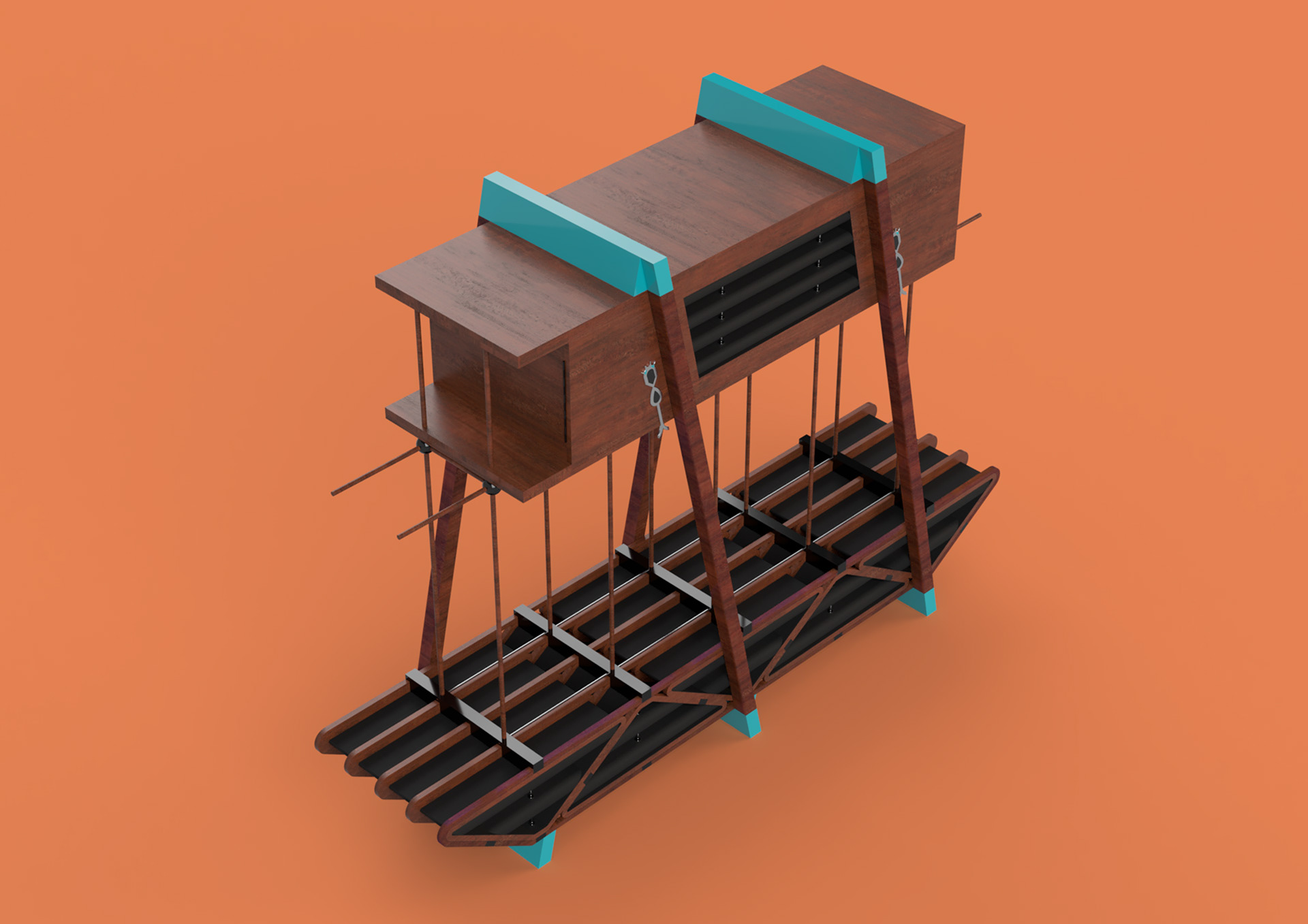
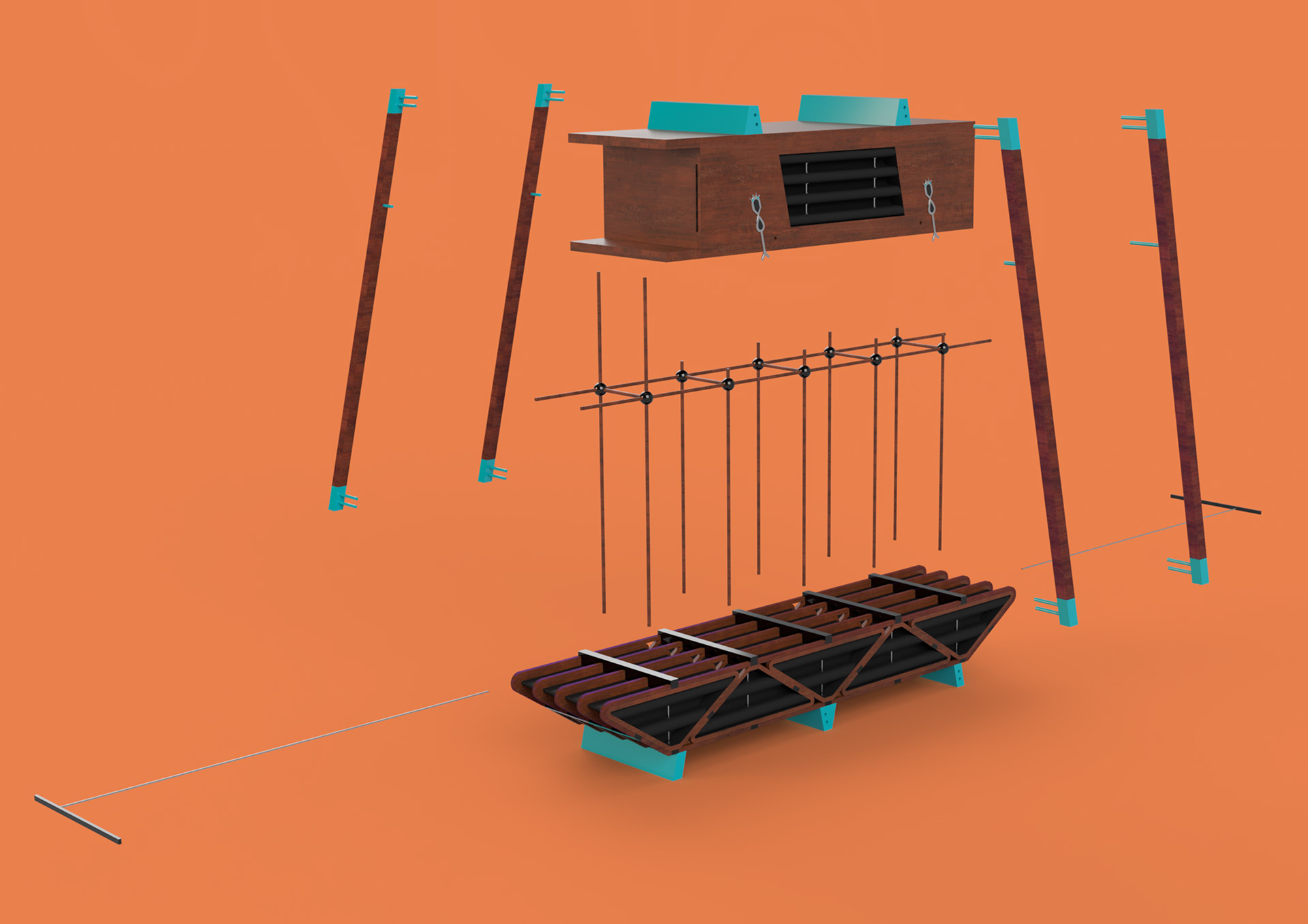
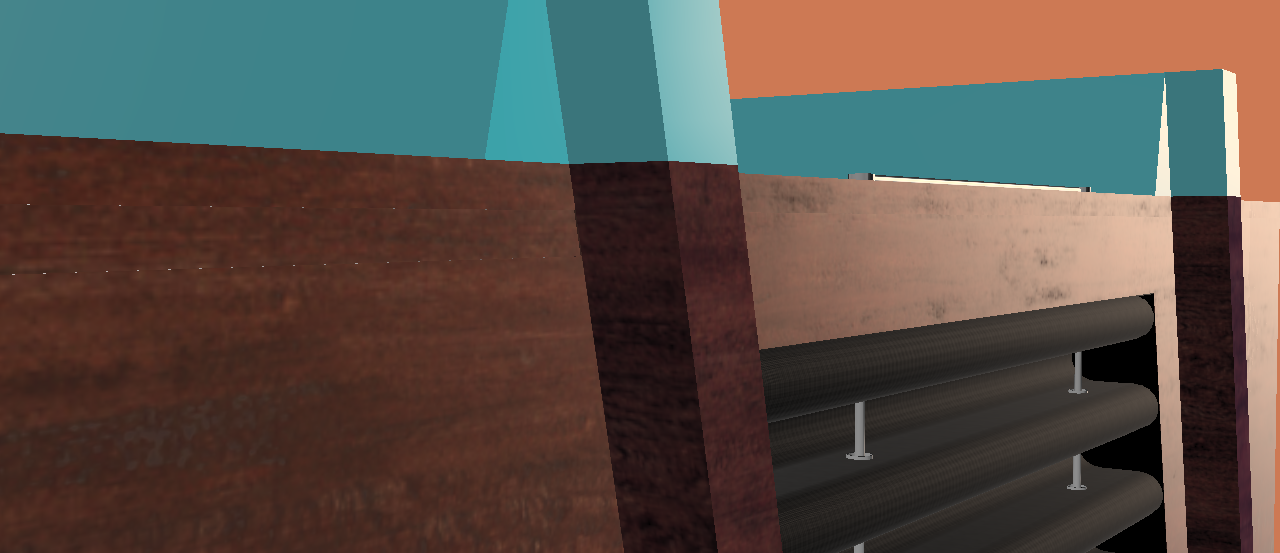

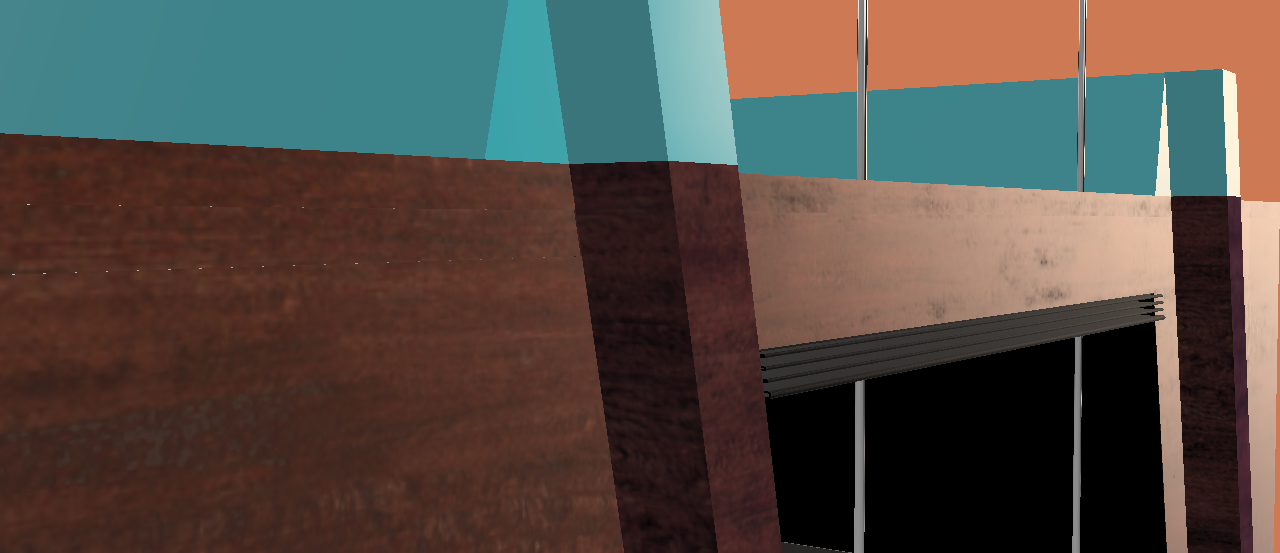
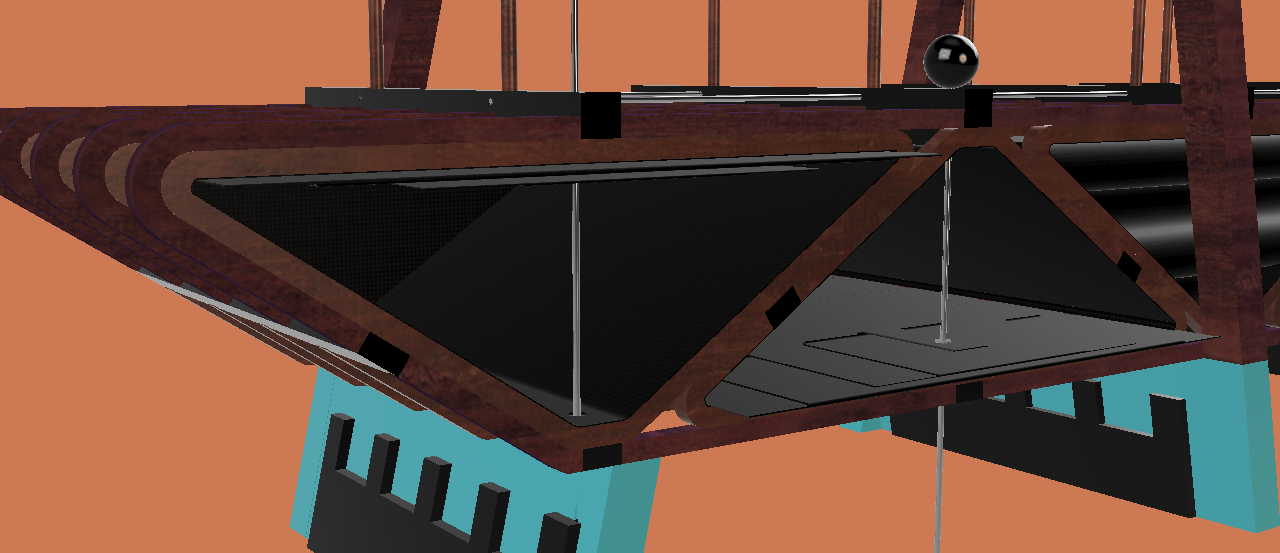

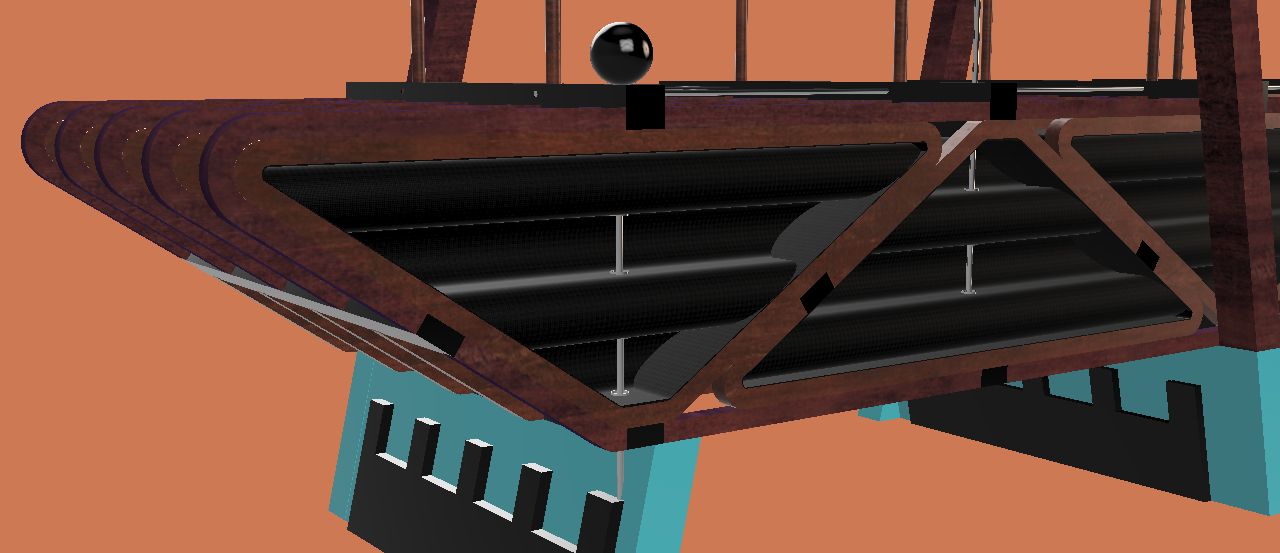
Final boards

